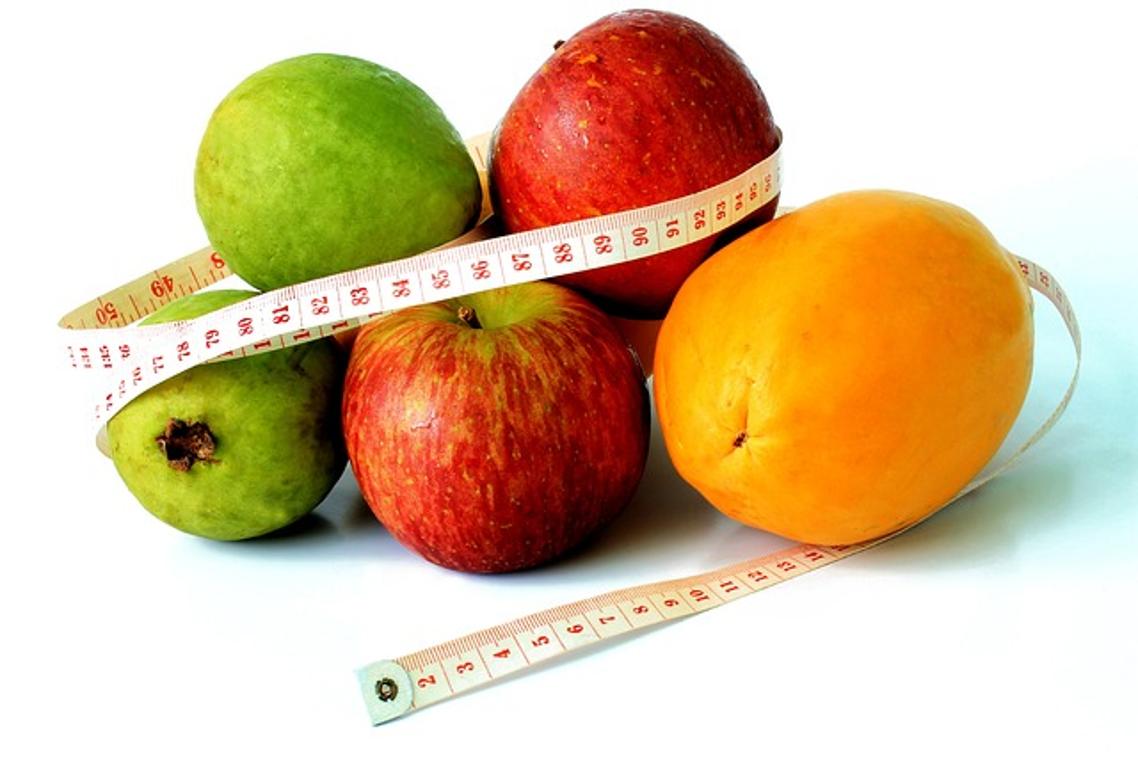How Accurate Is the Calorie Burn on Fitbit?
Introduction
Fitbit devices have become an integral part of many fitness enthusiasts' daily routines. These wearable gadgets promise to provide accurate insights into various health metrics, including calorie burn. Understanding the accuracy of calorie burn estimates on Fitbit devices is crucial for those who rely on this data to achieve their health and fitness goals. This article aims to dissect the intricacies of Fitbit's calorie tracking capabilities, evaluate its accuracy, and offer tips to enhance the precision of your readings.

The Science Behind Fitbit’s Calorie Tracking
Fitbit uses a combination of metrics to estimate calorie burn. Primarily, the technology incorporates your Basal Metabolic Rate (BMR), which is the number of calories your body needs to function at rest. BMR is calculated using your age, gender, weight, and height, which are inputted during the device setup phase.
On top of BMR, Fitbit tracks your heart rate, activity level, and sometimes even your skin temperature to estimate the number of calories burned through various activities. The device uses advanced algorithms to correlate these metrics and provide a comprehensive calorie burn estimate.
The integration of accelerometers helps Fitbit track motion data. By combining this with heart rate data, the algorithm makes an educated guess about the type of activity you are performing, its intensity, and consequently, your calorie expenditure.

Factors Influencing Calorie Burn Accuracy
Several factors can impact the accuracy of the calorie burn readings on Fitbit devices. Understanding these can help you interpret your data more accurately.
-
Individual Variability: Each person’s physiology is unique. The same activity might result in different calorie expenditure for different individuals based on factors like muscle mass, metabolic rate, and overall fitness level.
-
Device Placement: Where and how you wear your Fitbit can influence its data accuracy. For instance, wearing the device too loosely or too tightly can result in inaccurate heart rate and motion detection, leading to erroneous calorie assessments.
-
Activity Type: Fitbit may struggle with accurately capturing calorie burn for activities that do not involve consistent wrist motion, such as cycling or weight lifting. The algorithm is more finely tuned for activities like running or walking, where wrist movement is a reliable indicator of overall exertion.
-
Software Updates and Algorithm Tweaks: Fitbit continually updates its algorithms to improve accuracy. However, different versions might show slight variations in calorie calculation. Keeping your device updated is essential but be aware that changes might occur.
These myriad factors collectively influence the precision of Fitbit's calorie tracking, making it vital for users to consider these variables when analyzing their data.

Comparative Analysis with Other Smartwatches
It’s essential to benchmark Fitbit's performance against other wearable tech on the market to understand its strengths and weaknesses better.
Apple Watch
Apple Watch also uses a combination of accelerometers, heart rate monitors, and GPS data to track activity and estimate calorie burn. Studies suggest that Apple Watch tends to offer slightly better accuracy in calorie tracking during varied activities, thanks in part to its robust heart rate monitoring capabilities.
Garmin Devices
Garmin's lineup of fitness trackers is renowned for their precise GPS and heart rate tracking, which enhances the accuracy of calorie burn estimates, especially for outdoor activities like running and cycling. However, for typical daily activities, Garmin devices show comparable accuracy to Fitbit.
Samsung Galaxy Fit
Samsung Galaxy Fit uses similar technology to track calorie expenditure as Fitbit. Some users have reported discrepancies in calorie estimates during mixed activities, suggesting a comparable level of accuracy to Fitbit but with occasional inconsistencies.
Polar Watches
Polar devices are often highlighted for their advanced heart rate monitoring, and are particularly favored by professional athletes. These watches tend to offer highly accurate calorie burn readings, particularly during rigorous physical activities.
By comparing these devices, it's evident that while Fitbit holds its own in the market, there are options available that may offer superior accuracy for specific types of activities or users seeking specialized data.
User Experiences and Testimonials
Real-world experiences provide valuable insights into the accuracy of Fitbit's calorie burn estimates. Users often share their feedback on forums, review sites, and social media platforms.
Many users appreciate the convenience and affordability of Fitbit devices. One user noted, 'I love that my Fitbit keeps me accountable throughout the day. My calorie burn data might not be perfect, but it's a great guideline.'
However, some users have expressed concerns. A user mentioned, 'I’ve noticed my Fitbit tends to overestimate calories burned during strength training sessions. I rely more on how I feel rather than the exact number.'
Overall, while Fitbit may not be infallible, it offers a balanced blend of functionality and user-friendliness that resonates with a broad audience.
Tips for Getting the Most Accurate Readings
To ensure you get the most out of your Fitbit, consider the following tips for enhancing calorie burn accuracy:
-
Wear It Correctly: Make sure your Fitbit is snug but comfortable on your wrist. The sensors should maintain good contact with your skin.
-
Update Personal Information: Regularly update your weight, height, and age in the Fitbit app, as these metrics are crucial for accurate BMR calculations.
-
Calibrate for Specific Activities: Use the manual activity recognition feature to indicate the type of exercise you are doing. This helps the Fitbit to use the appropriate algorithm for calorie calculation.
-
Regular Software Updates: Keep your device firmware updated to benefit from the latest algorithm improvements.
-
Cross-Reference with Other Metrics: Compare your Fitbit data with other available metrics like how your body feels and any calorie intake logs you maintain. This holistic view can provide better accuracy.
Conclusion
Fitbit's calorie burn tracking offers a valuable tool for fitness enthusiasts. Though it may not be perfectly accurate, it provides a solid guideline for tracking your activity and energy expenditure. By understanding the underlying technology, factors affecting accuracy, and tips for better precision, users can make the most of their Fitbit devices and work effectively toward their fitness goals.
Frequently Asked Questions
How does Fitbit calculate calorie burn?
Fitbit calculates calorie burn by combining your Basal Metabolic Rate (BMR) with activity data gathered from heart rate monitoring, accelerometers, and sometimes skin temperature sensors.
Are Fitbit’s calorie burn estimates accurate for all types of activities?
No, Fitbit tends to provide more accurate estimates for activities involving consistent wrist motion, like walking and running. It may be less accurate for activities like cycling or weightlifting.
Can I improve the accuracy of my Fitbit’s calorie tracking?
Yes, you can improve accuracy by wearing your Fitbit correctly, updating your personal information, using manual activity recognition, keeping the software updated, and cross-referencing with other health metrics.



